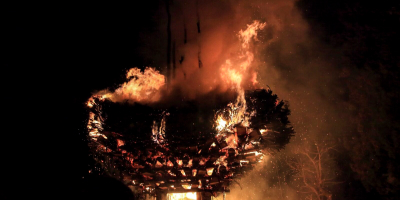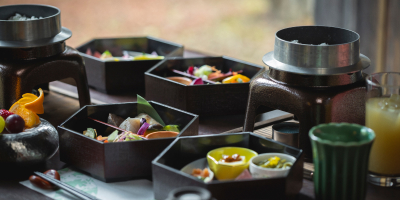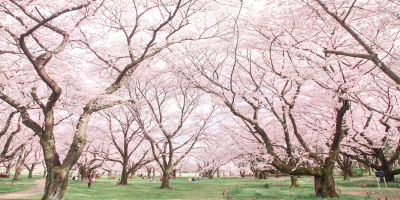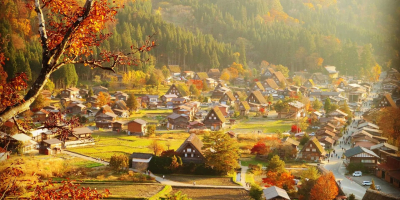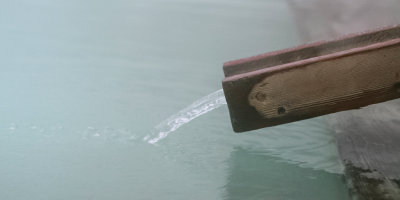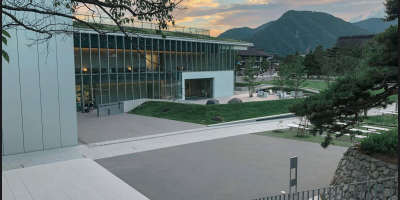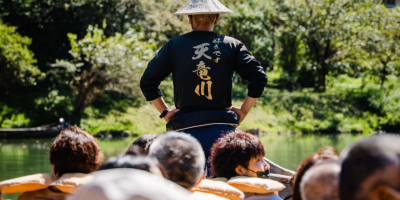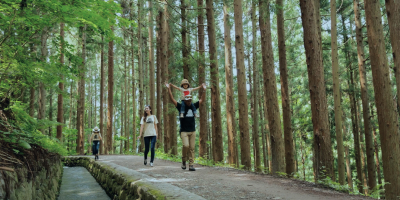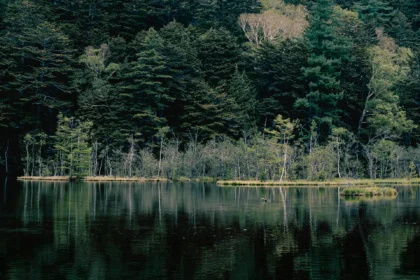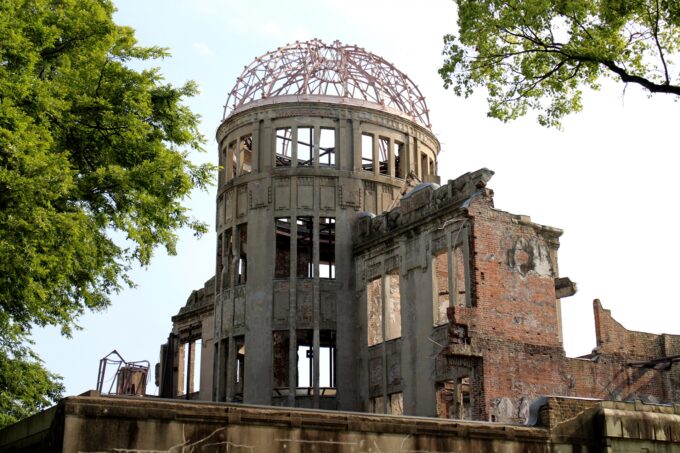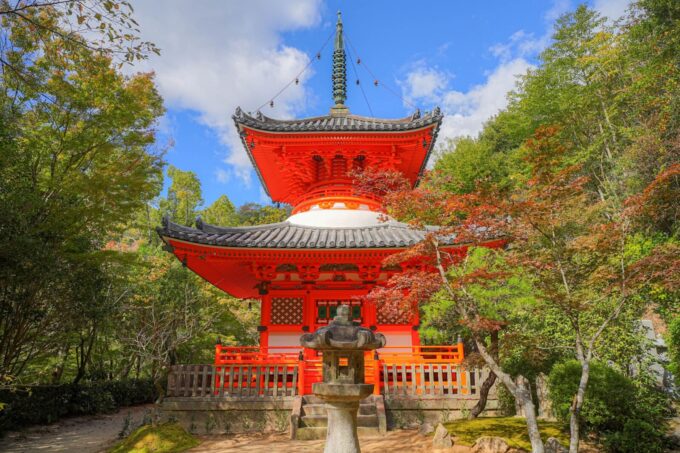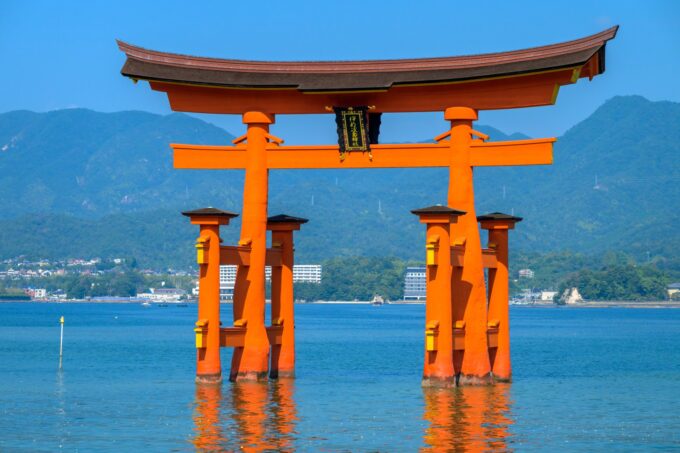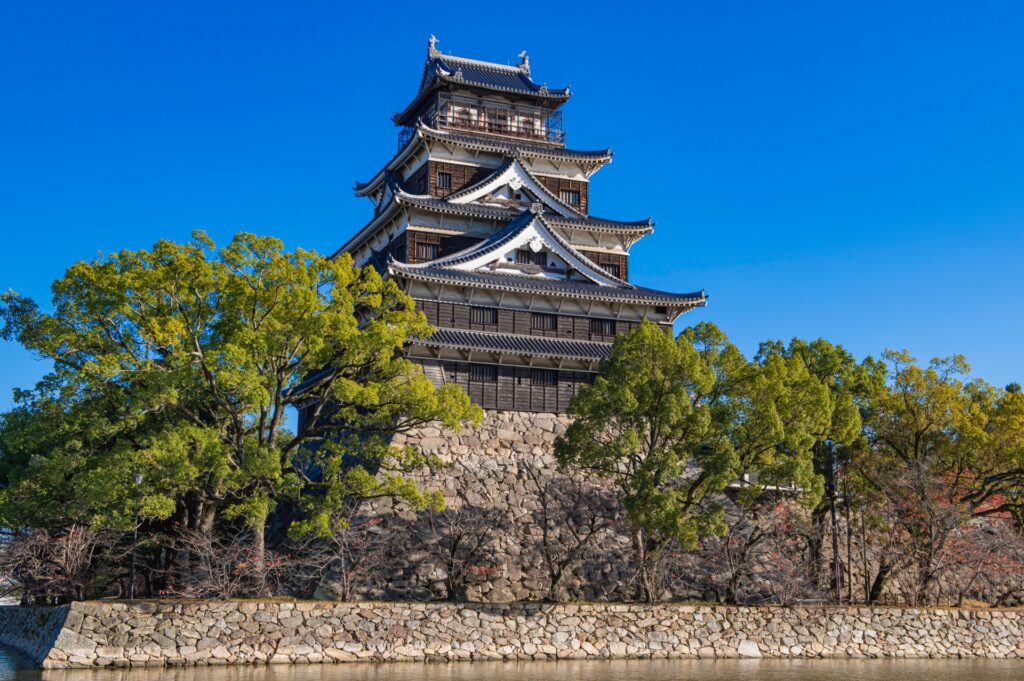
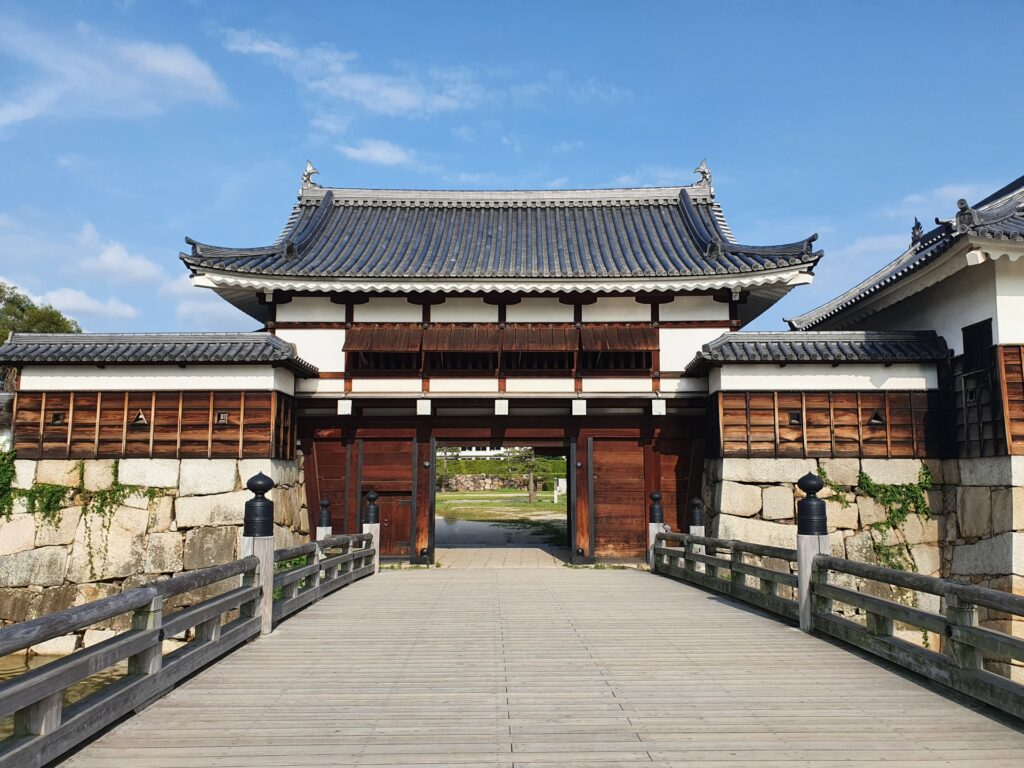
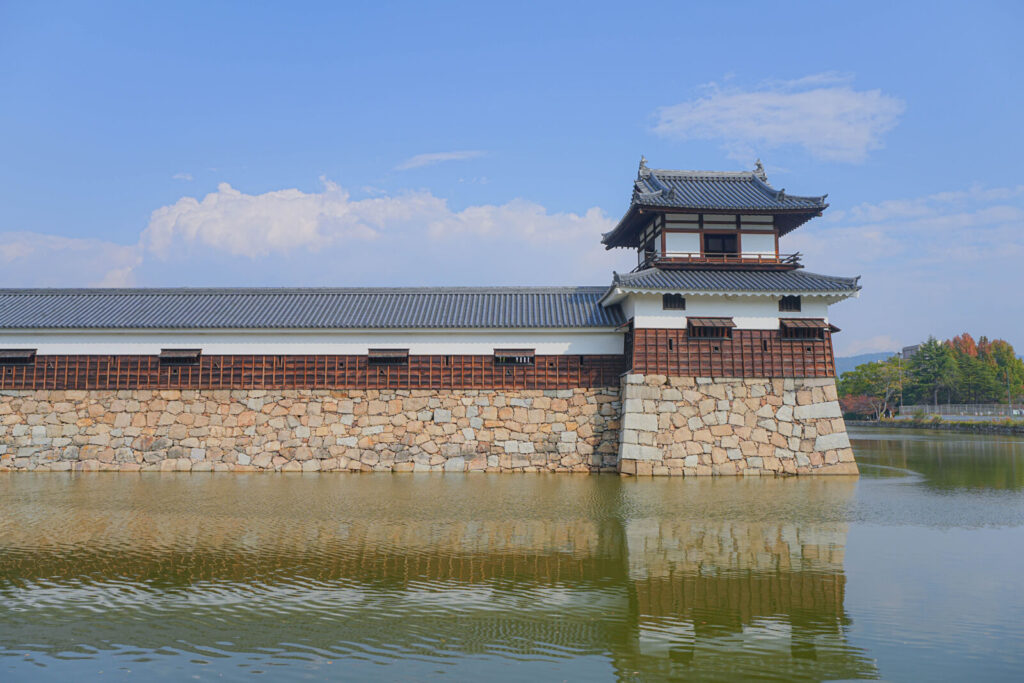
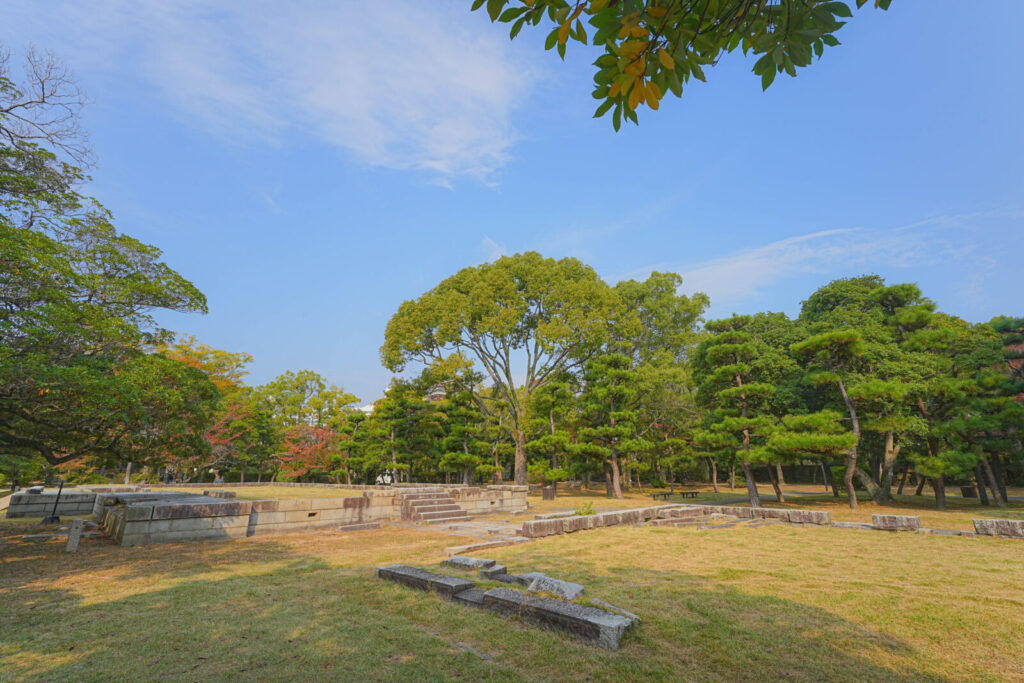
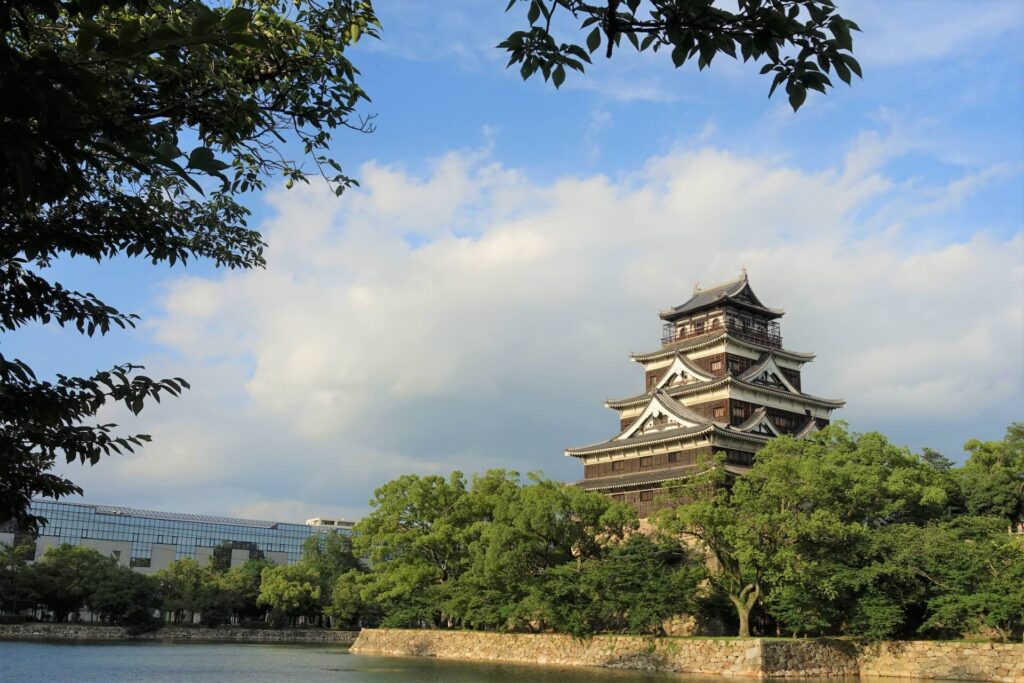
While entrance to the castle tower costs JPY370 for adults, the castle grounds themselves are open to the public for free. These grounds are routinely used for events and festivals which occur throughout the year, such as New Year’s celebrations, the Hiroshima Food Festival, and an annual Chrysanthemum Exhibition. On this page, you can learn more about the history of the castle, where it is located, its opening hours and more.
-- Tours Visiting Hiroshima Castle
WHERE IS HIROSHIMA CASTLE?
Hiroshima Castle is located in the Hiroshima city centre, within comfortable walking distance of Peace Memorial Park. It has two entrances, the main one on the south side, and the rear one on the east side. From Hiroshima Station visitors can reach the castle by either walking for around 20 minutes or making use of the local buses.
HISTORY OF THE CASTLE
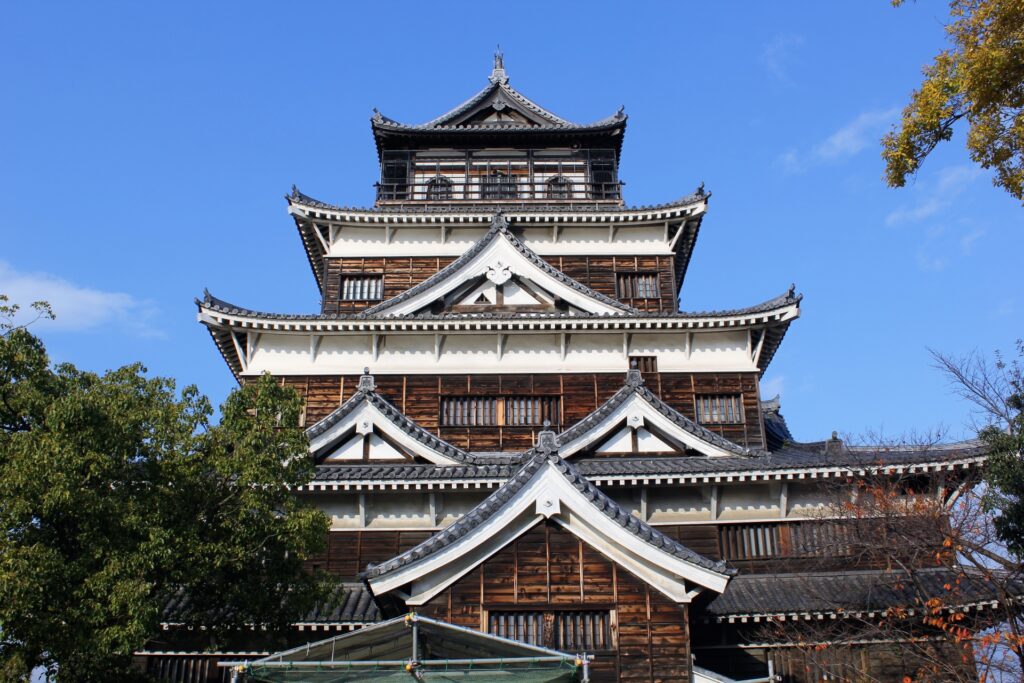
Before Hiroshima Castle was built, a man known as Mōri Motonari ruled over the majority of the Chugoku region, where modern day Hiroshima is located. Under his command, the Mōri clan greatly increased its power and influence over Western Japan. They administered their territories from Yoshida-Koriyama Castle, located about 45km north-east of Hiroshima. However, as the region continued to grow and prosper it became clear that a place better suited for maritime and land transportation was necessary.
This is why, in 1589, Mōri Motonari’s grandson Terumoto chose to establish his castle by the delta of the Ota River in a place called Gokamura (“Five Villages”). With Mōri Terumoto’s arrival, this location was renamed Hiroshima, meaning “Wide Island.” The construction of the castle was finalized in 1591 and from here Terumoto ruled over nine provinces in the Chugoku region. With the establishment of a castle, the area around it quickly developed into a busy and thriving “castle town” which became the cultural and economic center of the city.
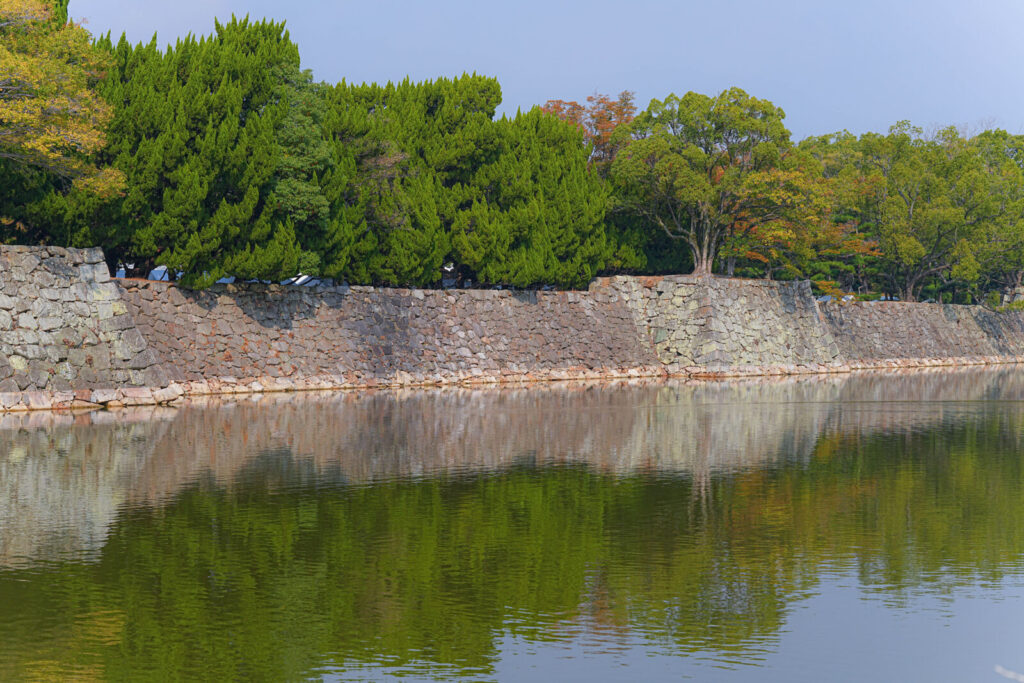
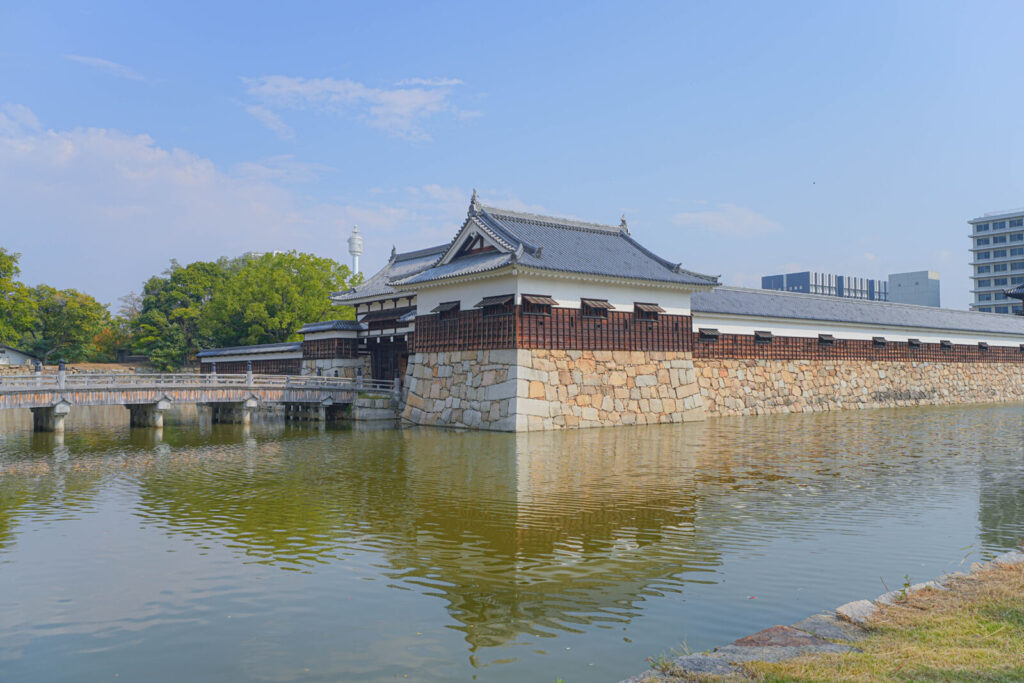
Mōri Terumoto was a daimyō (powerful feudal lord), and at the time of his rule Japan was undergoing one of its most tumultuous historical eras, the Sengoku period. During this time, the country was broken apart, ravaged by civil wars and daimyōs fighting for power. But this chaos would soon come to an end with the battle of Sekigahara, in which two main forces, those of the west and of the east, faced against each other. Terumoto, who had allied himself with the western armies, was defeated in battle and forced to retreat. This was the end of the Mōri clan’s rule over Hiroshima.
Following Terumoto’s retreat, the feudal lord Fukushima Masanori became the new ruler of Hiroshima and its surrounding area in the year 1600. He stayed in power until 1619 when, due to making unauthorized repairs to the castle after a flood, he was dismissed from his position by the Shogun (Japan’s military leader and de facto ruler). Control of the castle and its territories was transferred to Asano Nagaakira. For the next 250 years up until the end of the Edo period, Hiroshima was ruled by a member of the Asano family.
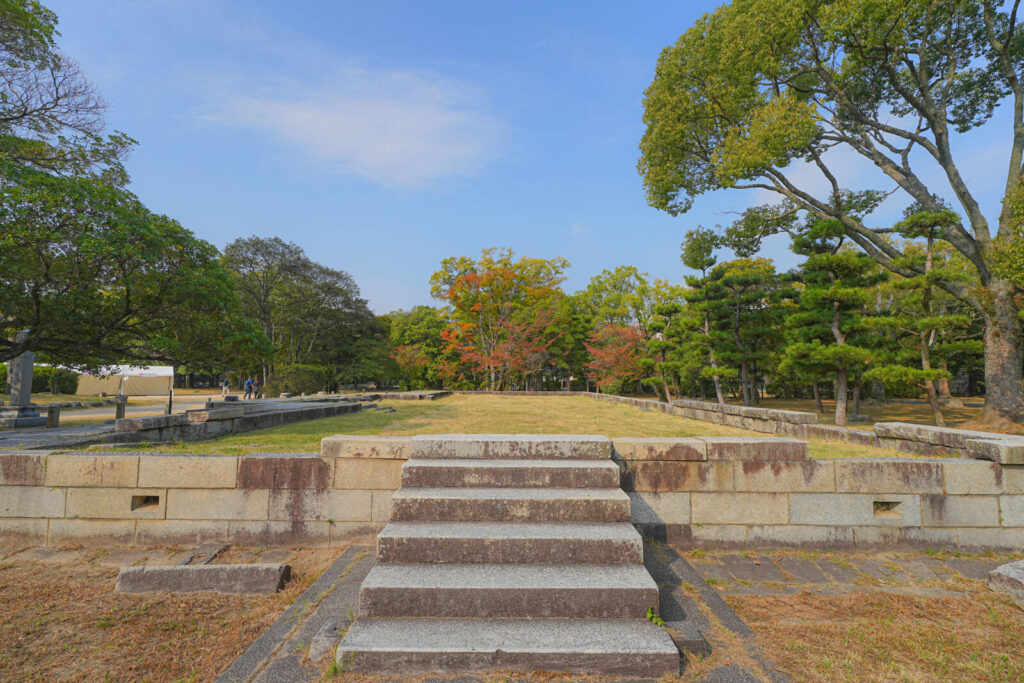
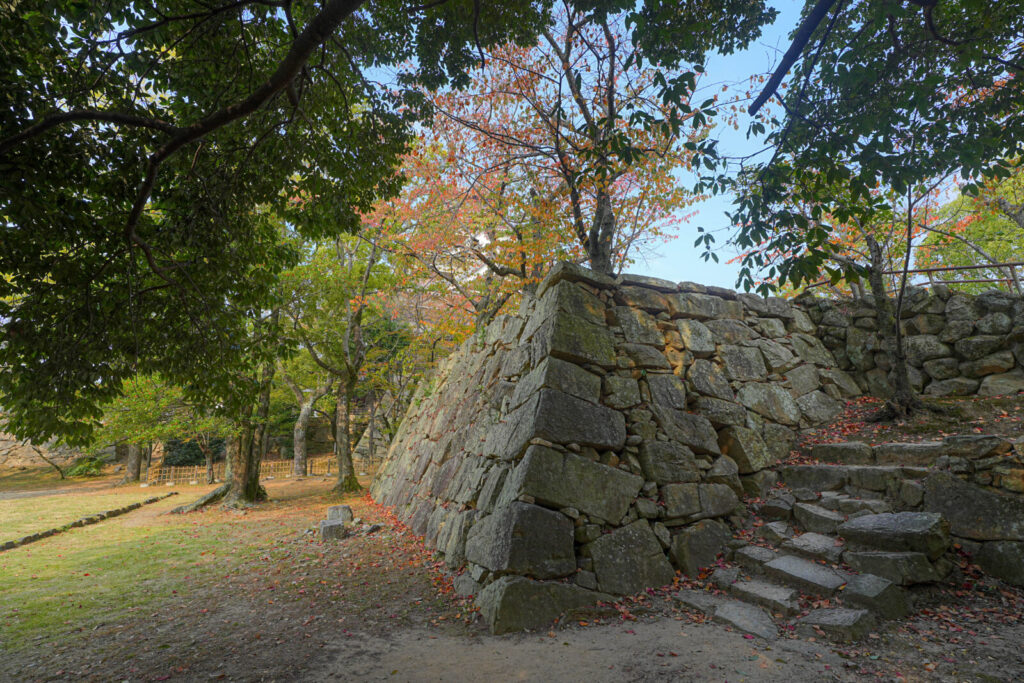
When feudalism was abolished in Japan as part of the Meiji Restoration, castles all over the country began to serve as military facilities for the main government. In 1888, Hiroshima Castle became the headquarters of the Imperial Army’s Fifth Division. During the Sino-Japanese War it even served as the Imperial Headquarters from which the emperor operated. Unfortunately, the Hiroshima Castle was destroyed on August 6th, 1945, when the atomic bomb was dropped on the city. In 1958, the Hiroshima Reconstruction Exhibition was held to celebrate the recovery of the city, and the main tower was reconstructed for it.
CASTLE LAYOUT
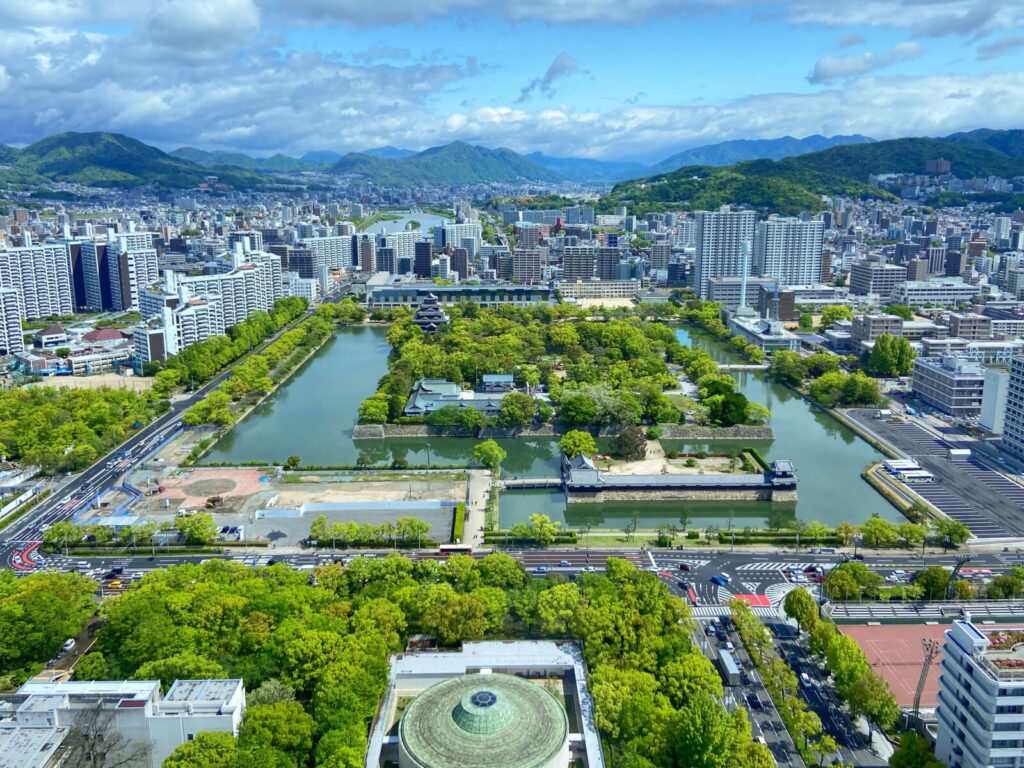
In the past, Hiroshima Castle was surrounded by three moats, but two of them were filled in between the Meiji and Showa periods, leaving behind the single one we can see today. The remaining castle grounds are divided into two main areas, the honmaru (main compound) to the north and ninomaru (second compound) to the south. The main tower, known as the tenshukaku, is located within the main compound as is customary for all Japanese castles.
Most of what is left within the grounds are ruins, as only the castle tower, main gate, gate bridge, and three turrets were restored. Still, these few restored structures are a sight to behold and certainly worth a visit when exploring the city of Hiroshima. Other relevant sightseeing spots within the castle grounds include Hiroshima Gokoku Shrine and several trees which survived the atomic bomb blast.
HIROSHIMA GOKOKU SHRINE
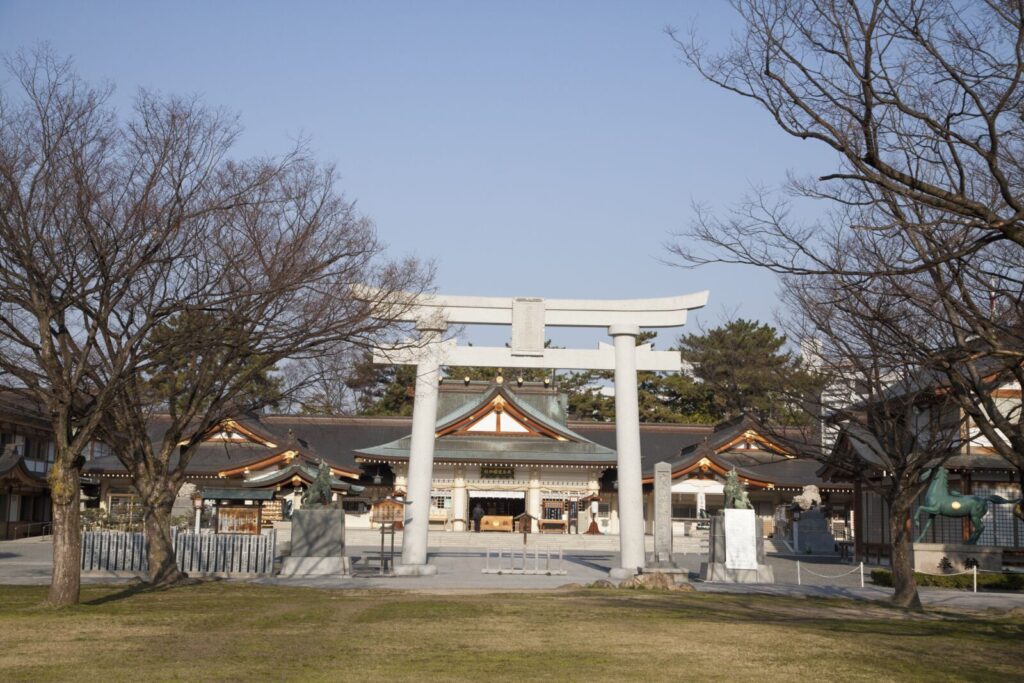
The Hiroshima Gokoku Shrine is a Shinto shrine located within the main compound of Hiroshima Castle. Shinto is a polytheistic religion which is native to Japan. The shrine was built in 1868 to honor those who perished during the Boshin War but soon became a place to commemorate many more victims of war. Hiroshima Gokoku Shrine was not originally located in the castle grounds, but rather in an area of the city called Futabanosato. It was later moved to another location in 1934 before it was sadly destroyed in 1945 by the atomic bomb.
As part of the efforts to restore the city, the Hiroshima Gokoku Shrine was rebuilt within the castle grounds and today it hosts many ceremonies and events. It is a popular destination for hatsumode, the traditional first shrine visit of the year, and several New Year’s ceremonies. If you go to the shrine on an ordinary day, it is possible to get omikuji (fortune), purchase omamori (amulets), and obtain goshuin (handwritten temple stamp). The shrine has a distinctive “carp theme” so you can even get special omikuji which come inside a small koi fish ceramic.
TOURS VISITING HIROSHIMA CASTLE
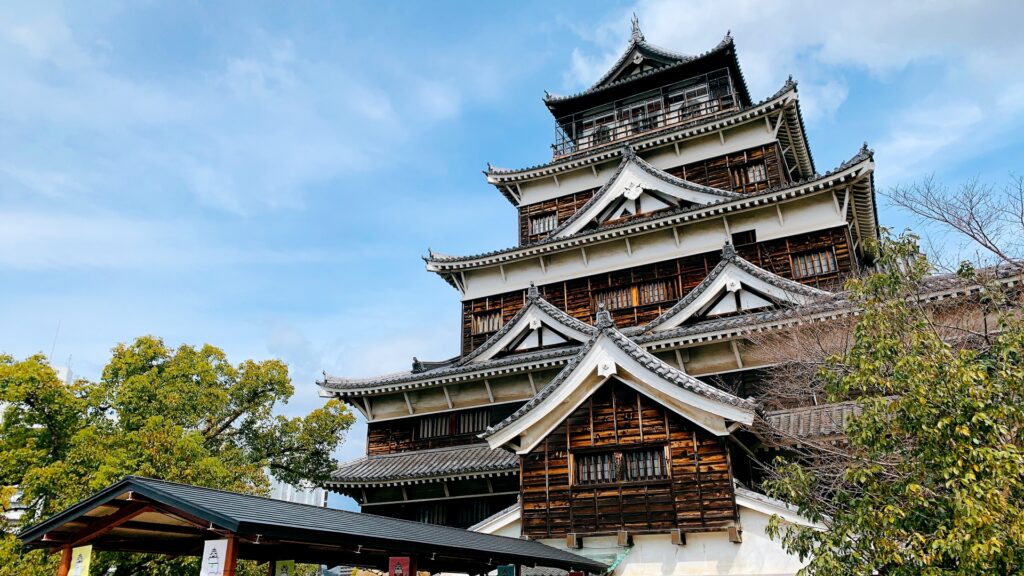
If you're interested in visiting Hiroshima Castle, we have several tours which make a stop by this historical site. It is important to note that none of our tours include entry into the castle tower as we prefer to guide our guests around the castle grounds as we provide information about the different ruins and structures. In addition to Hiroshima Castle, all of the tours below include visits to Hiroshima Peace Memorial Park, where you can see the Atomic Bomb Dome and enter the Peace Memorial Museum, as well as Shukkei-en Garden. Take a look through the options below and find the one which best suits your travel plans and interests!
This half-day Hiroshima Highlights tour is offered both in the morning and the afternoon. In just four hours, you will be able to visit all the of the popular tourist locations mentioned above. The tour begins and ends at Hiroshima Station, so it is perfect for guests staying in Kyoto or Osaka who just want to visit Hiroshima for the day without having to book a hotel. This is our top recommendation for travelers who are short on time and stopping by Hiroshima for the first time.
If you'd like to explore the city of Hiroshima beyond its most popular tourists spots, then this is the tour for you. On this 1-day tour, you will be introduced to the breathtaking Mitaki-dera Temple. This Buddhist temple is located within the city bounds but is separated from all the crowds and loud noises. It lies at the foot of a mountain and thus is a fantastic place to learn about religion in Japan while enjoying a peaceful stroll though nature. After visiting Mitaki-dera you will be able to make a stop by all of the highlighted locations in the city centre mentioned previously. With this tour you wont miss out on Hiroshima's top travel destinations, but will also have the opportunity to discover one of its hidden gems!
For guests who are really trying to make the best use of their time while visiting as many iconic locations as possible, we recommend our Hiroshima and Miyajima tour. Miyajima is an island located not too far from the city of Hiroshima, and it is considered one of Japan's three most scenic spots. It is home to the stunning Itsukushima Shrine, which is most famous for its "floating" O-torii gate. The nature and wildlife of the island, combined with the many temples and shrine, create a magnificent landscape which is second to none. With this tour, you will be able to visit both this amazing island and Hiroshima's top tourist locations in a single day. It requires a bit more stamina than the half-day tour, but is certainly worth it!
If you're interested in learning about more tours in the Hiroshima area, you can take a look at our "Best Tours around Hiroshima" page.



